MEGHALAYA’S BEAUTY
Meghalaya, which translates to “abode of the clouds,” is one of the seven sister states in northeast India. The state is characterized by its mountainous terrain, valleys, highland plateaus, and geological wealth. Meghalaya is an enchanting destination that should be experienced at least once in a lifetime. If you have a deep appreciation for nature, you will be greeted by abundant greenery and breathtaking waterfalls. Every aspect of Meghalaya is so captivating that I eagerly anticipate visiting every year. Unfortunately, many group tours fail to include all the significant attractions. I recommend checking out the 50 + voyagers site for a comprehensive list. The must-see sights include the nongriat double-decker root bridge, a natural swimming pool, and boating on Dawki Lake. It is important to note that climbing down 3500 steps to reach the root bridge requires stamina, but the experience is truly rewarding.
Best time to visit Meghalaya
For those considering a vacation in this heavenly destination, the ideal time to visit Meghalaya falls between October and April. Throughout this timeframe, the climate remains delightful, allowing you to comfortably explore various locations within the state without experiencing temperatures exceeding 30 degrees Celsius.
When preparing for your visit to Meghalaya, the initial task is to determine how long you will stay. The state is compact, allowing you to visit key sights within a short period of time. For a more thorough exploration, consider extending your stay to a week or beyond.
Best places to visit in Meghalaya
- Cherrapunji
- Shillong
- Elephant falls
- Double-decker living root bridge
- Kyllang Rock
- Tura
- Dawki
- Mawsynram
- Bhagmara
- Nohkalikai falls
- Mowlynnong village
- Williamnagar
- Mawphlang sacred forest
- Jowai
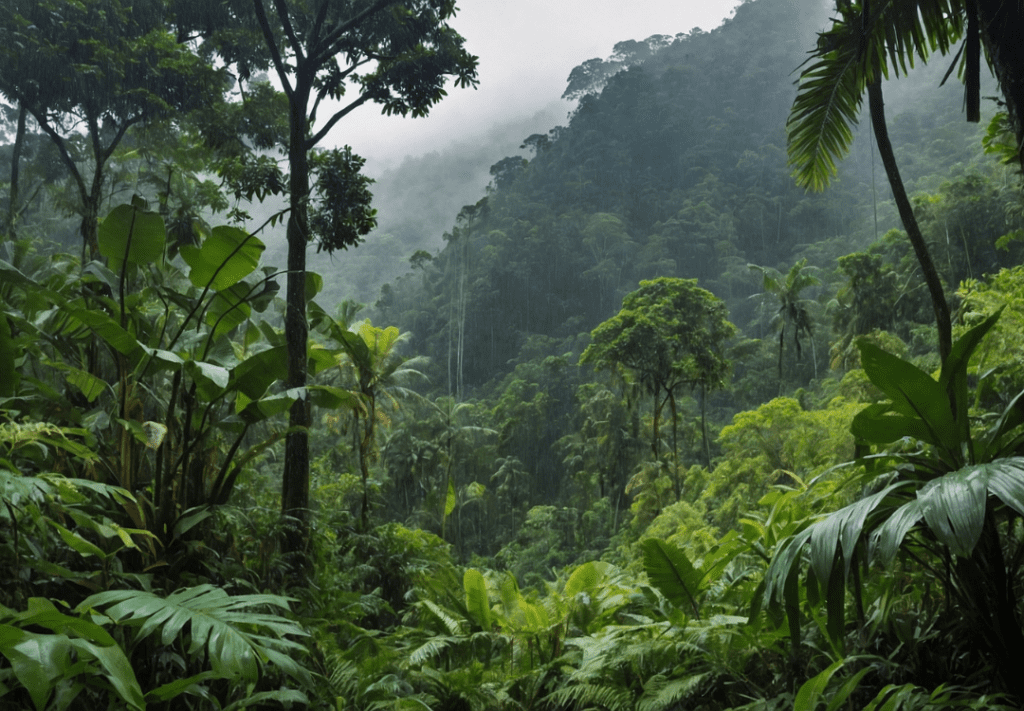
Image : Cherrapunji
Cherrapunji
Sohra, known as Cherrapunji among the locals, has gained popularity as a tourist spot due to its captivating waterfalls, living root bridges, and caves. Standing tall at 1,115 feet, the Nohkalikai falls is among the tallest waterfalls in India.
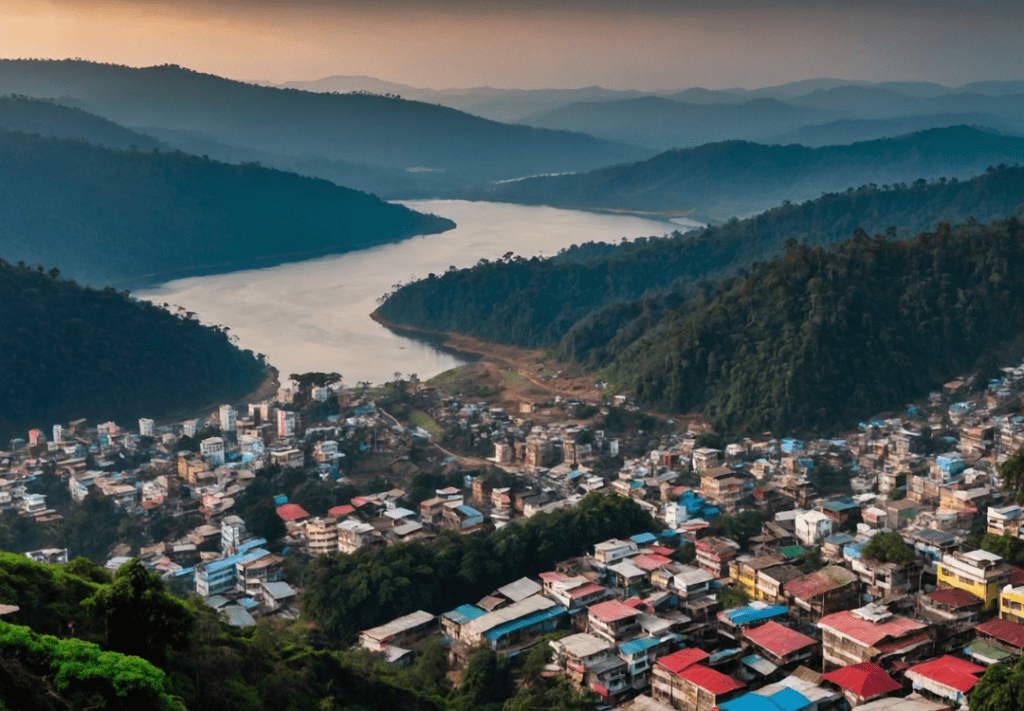
Image : Shilong
Shillong
Shillong, often called the ‘’Eastern Scotland,’’ is a renowned tourist spot in Northeast India. It is renowned for its lush meadows, mist – covered hills, breathing views, aromatic blooms, and a subtle touch of colonial charm and influence.
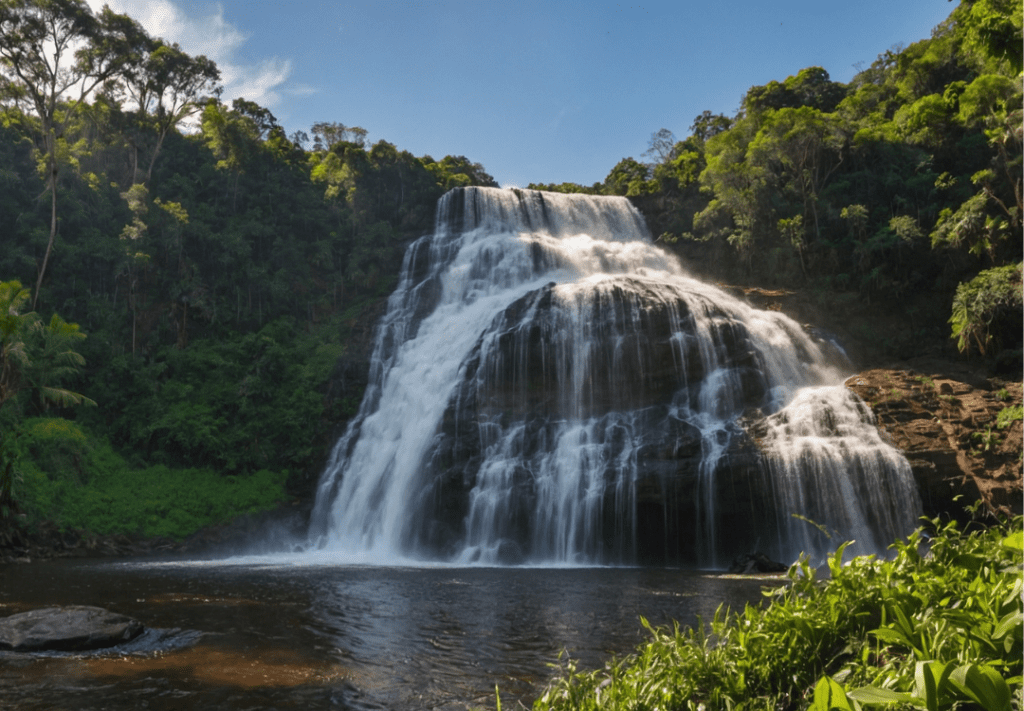
Image : Elephant Falls
Elephant falls
The elephant falls is a highly popular tourist destination, attracting numerous visitors. With its crystal-clear water and lush green surrounding, the elephant falls offers a captivating view that is truly enchanting. It is a place that should not be missed when exploring the area. The falls derived its name from a rock formation resembling an elephant, unfortunately destroyed during the earthquake in 1897.
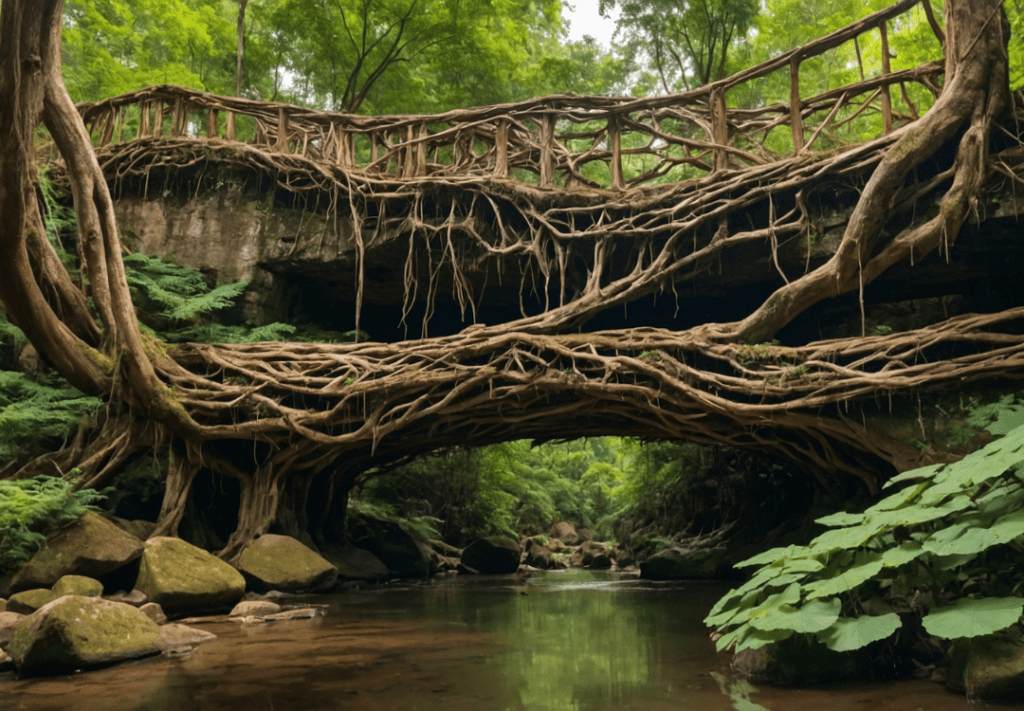
Image : Double-Decker Living Root Bridge
Double-Decker Living Root Bridge
The route is often regarded as difficult and typically takes around 2 hours and 20 minutes to finish. It is a highly sought-after destination for birdwatching, hiking, and leisurely walks, meaning you are likely to come across fellow explorers during your visit. The trail remains accessible throughout the year and offers stunning scenery regardless of the season.
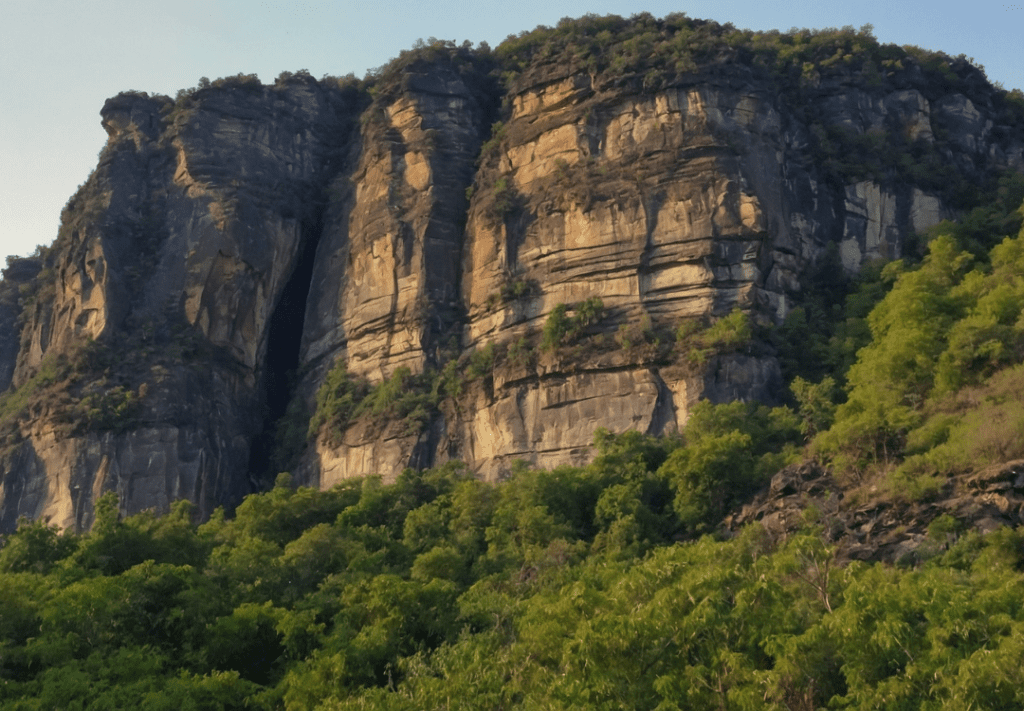
Image : Kyllang Rock
Kyllang Rock
Lum kyllang stands as a remarkable geological wonder, with its grand rock formation spanning approximately one thousand feet in width at its most prominent point. Additionally, the sight of scattered rare white rhododendrons in the depression and bushes surrounding the base of the dome adds to its allure.
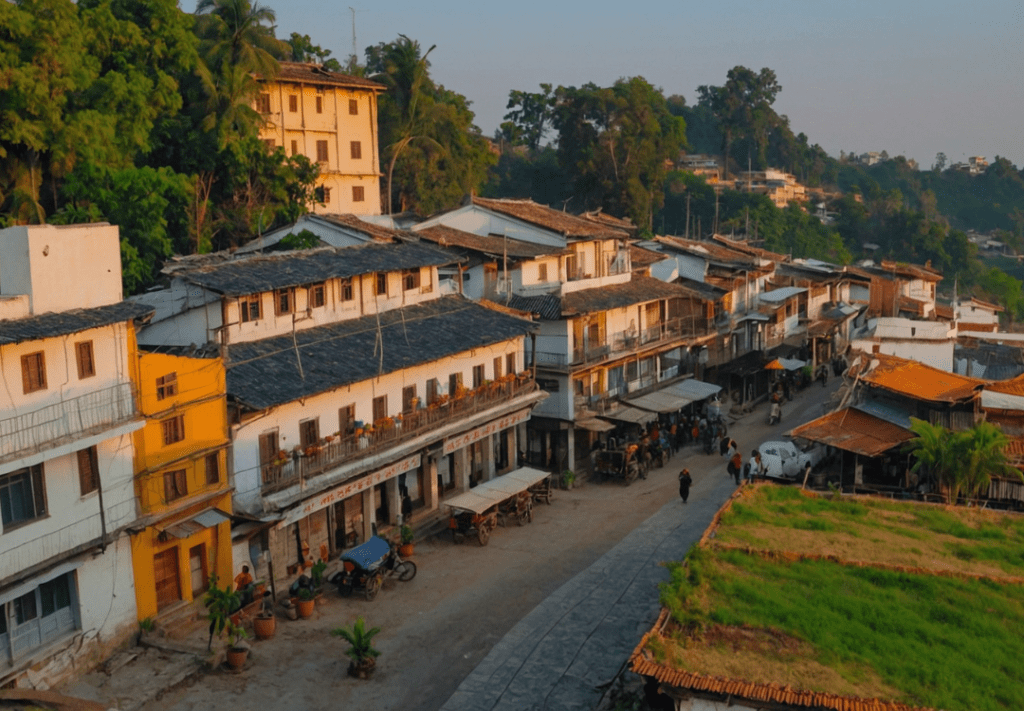
Image : Tura
Tura
In order to reach well-known tourist spots like Balpakram, Nokrek, Siju Cave, and Chitmang peak, travellers must travel through this town. Tura boats numerous waterfalls and streams, including Rongbangdare, Pelgadare, and Gandrak Falls.
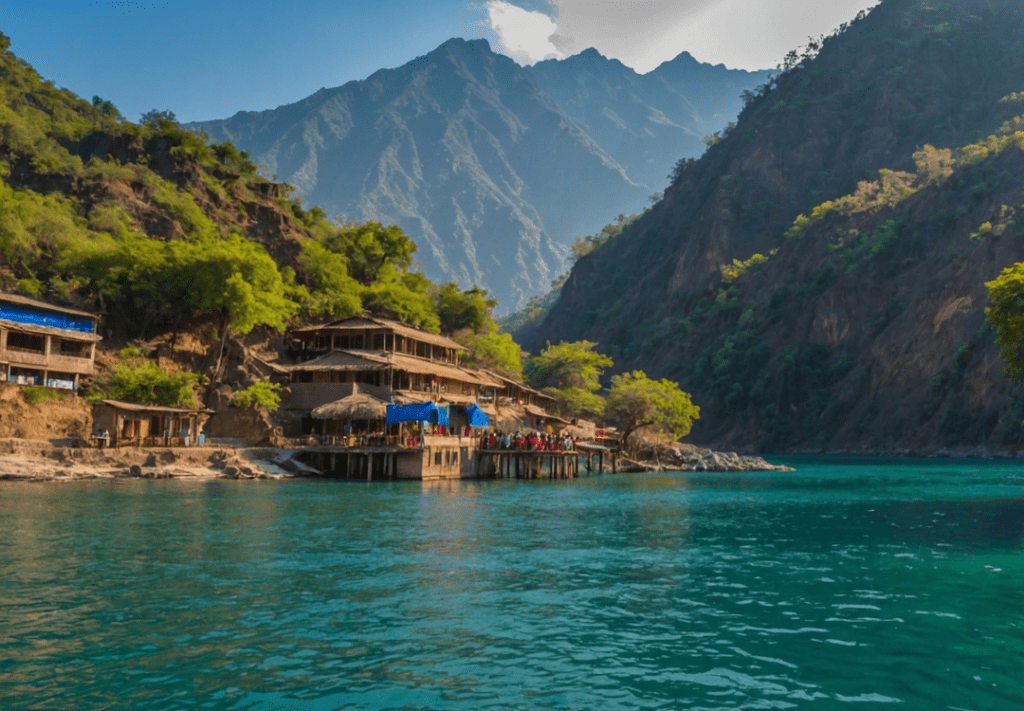
Image : Dwaki
Dawki
Dawki, situated in Meghalaya, is a popular tourist spot known for its crystal clear umngot river. The boats sailing on its surface appear to be floating on a pristine glass-like expanse. Additionally, Dawki serves as a vital trade hub, connecting India and Bangladesh.
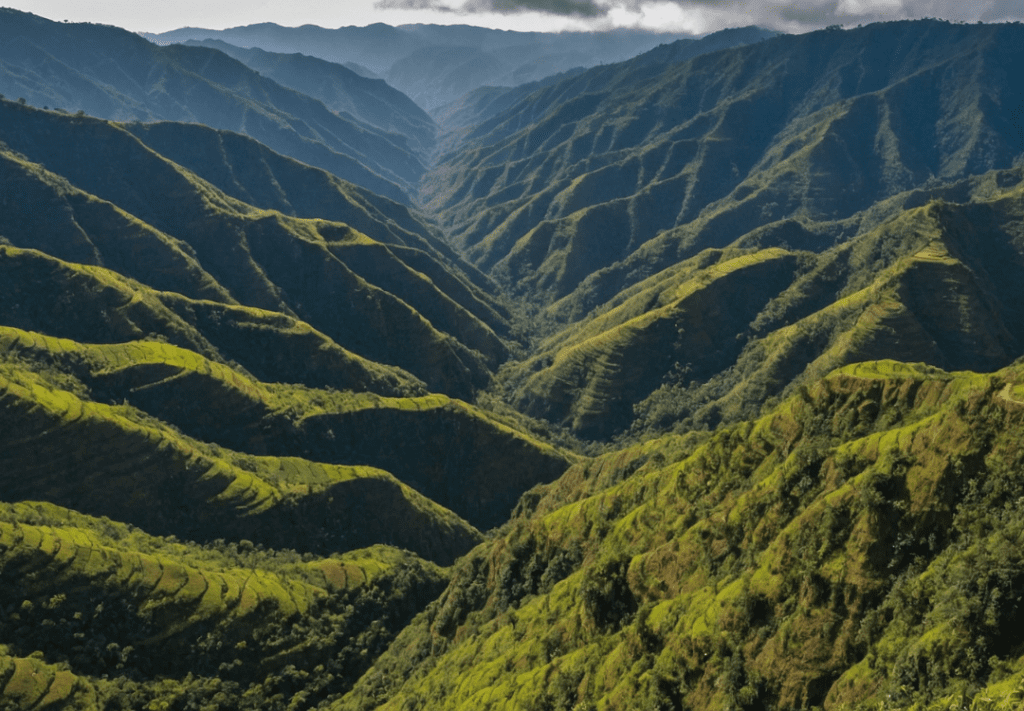
Image : Mawsynram
Mawsynram
Mawsynram, situated in Meghalaya, holds the record for receiving the highest average rainfall globally. The majority of its rainfall is derived from the Indian monsoon’s Bay of Bengal branch, which brings abundant moisture to the northeastern states, resulting in heavy precipitation.
Baghmara
The District is famous for its numerous historical and tourist attractions. These include the ‘’Dilsa Abri’’ hills in Baghmara, known for its abundant ‘’Picher Flower.’’Additionally, there is the well-known Siju Cave, Siju Pathar, which attracts thousands of migratory birds from Siberia during the winter season, and Balpakram National Park.
Nohkalikai falls
Nohkalikai Falls stands as India’s highest plunge waterfall, measuring 340 meters (1,115 ft) in height. Situated in Meghalaya, India, near the town of Sohra, it is renowned as one of the rainiest spots on the planet.
Williamnagar
Williamnagar holds significant historical value due to its association with the Garos’ final significant stand against the British incursion into Garo Hills in 1837.
Meghalaya stands as a stunning state in India, known for its natural beauty and cultural richness. Referred to as an abode in the clouds, it boasts of lush green landscapes, breath-taking waterfalls and unique indigenous traditions that truly epitomize the essence of India.








0 Comments